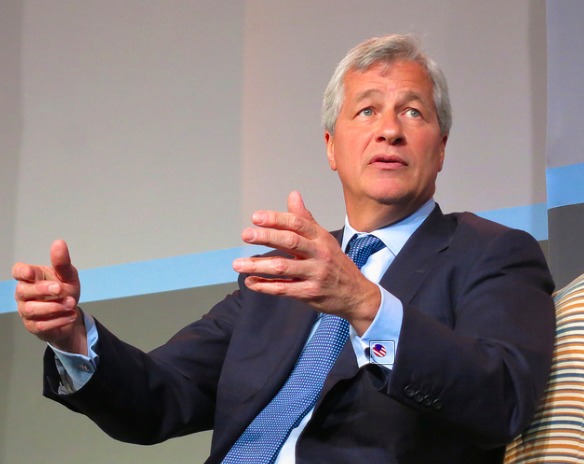February was a relatively uneventful month for the Tactical Energy portfolio. There were some portfolio rebalancing opportunities early in the month, but through the balance of February daily changes in exploration and production (E&P) sector were generally consistent with what our model anticipated.
Although the portfolio gained 3.7% for the month, it lagged behind its benchmark, the S&P Oil and Natural Gas Exploration and Production ETF (XOP), which rose 5.9% over the month. For most of the month the portfolio was invested roughly 50% in cash, which is typically our default position in the absence of compelling rebalancing opportunities.
From our inception date of May 30th 2013 to Feb 28th 2014, our portfolio, net of fees, was up 8.0%. During the same period, the S&P Oil and Natural Gas Exploration and Production ETF experienced a 13.3% gain.
However, I believe the portfolio experienced less than half the volatility of its benchmark, which led to a superior Sharpe ratio than its benchmark, and positive alpha generation. Over the coming months, it is our goal to widen this performance gap.
In the crude oil market, the prompt month futures contract for light sweet crude oil gained 5.2% over the course of February. Instability in the Ukraine, particularly towards the end of month, may have contributed to oil’s rise. Even long-dated futures contracts participated in this rally; contracts associated with 2016 deliveries moved up 4.8%, for example.
However, it was the unusually high level of price volatility associated with the March 2014 natural gas futures contract that was the most significant event of February.
This contract settled at $4.943 on January 31st, then rallied almost 9% over the course of two trading days, fell about 15% over the next four trading days, and then climbed 34% to close at $6.149 on February 19. When the contract stopped trading on February 26, it settled at $4.855, 21% lower than its close a week earlier.
This high level of daily volatility was in marked contrast to typical natural gas trading activity in recent years. In fact, the realized volatility of prompt natural gas futures during the month of February was greater than that of any month during the previous three years. Traders attributed the price action to a cold winter, shifting weather forecasts, and to options traders who had grown unaccustomed to significant volatility covering short positions.
In contrast to prompt month futures, long-dated natural gas futures contracts barely moved over the course of February. For example, contracts for delivery in 2016 had less than a 5 cent range during the month.
Looking forward, as we roll out of winter and into what is traditionally the Spring “shoulder period” for natural gas, I would expect prices to stabilize, follow fundamentals, and perhaps drift somewhat lower.
Crude oil tends to be much more headline driven, and in recent years, more highly correlated with the equity markets. Absent a worsening of the situation in the Ukraine, or some unforeseen geopolitical risk garnering attention, I would expect oil to directionally follow the global equity markets. As for our portfolio, we will continue to carefully monitor the equity and energy markets, and transact when opportunities arise.
DISCLAIMER: The investments discussed are held in client accounts as of February 28, 2013. These investments may or may not be currently held in client accounts. The reader should not assume that any investments identified were or will be profitable or that any investment recommendations or investment decisions we make in the future will be profitable. Past performance is no guarantee of future results.




